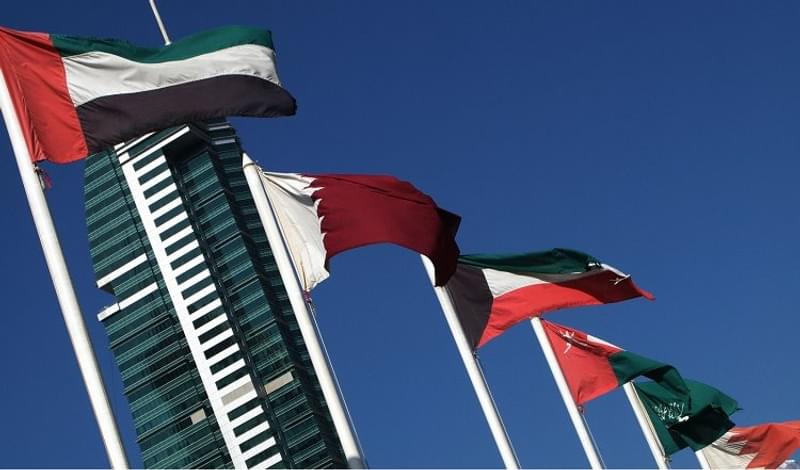Sustained low oil prices have forced many sovereigns in the Middle East to consider or begin implementing economic reforms in order to diversify their sources of funding to support their economies.
Saudi Arabia is looking to reduce its dependence on oil revenues by selling a stake worth up to 5% in Saudi Aramco, which could raise between US$100bn and US$150bn. It is also planning to create the world’s largest sovereign wealth fund, which is expected to eventually reach almost US$3tn.
The ‘Saudi Vision 2030’, as the project is known, will also look to boost revenues from mining projects and tourism, increase privatisation in education and healthcare, boost the country’s manufacturing base and introduce fees on luxury items such as tobacco.
The Kingdom has already raised utility prices and will introduce a VAT levy in 2018.
The UAE, Qatar and Kuwait have also presented similar plans to reduce their reliance on oil revenues. Elsewhere in the GCC, Oman’s Parliament has voted to increase taxes on the petrochemicals, non-oil natural resources and liquefied natural gas (LNG) industries.
If approved by the country’s sultan, the tax on LNG companies would rise from 15% to 55%, whilst rates for petrochemical companies and exports of non-oil natural resources would increase from 12% to 35%.
The reforms come at a time of increased borrowing activity from the region’s sovereigns on the international capital markets, largely to service widening budget deficits.
“The total budget deficit across the six GCC sovereigns is likely to be between US$140bn and US$150bn this year. Alongside raising revenues through new fees and taxes and cutting expenditure on subsidies, governments in the region have a pressing need to raise debt to partly fund these deficits,” said Anita Yadav, Head of Fixed Income Research at Emirates NBD.
She added that government borrowing needs will peak this year. “We expect new issuance to continue to rise over the next few months and then begin to slow by next year as government’s budget deficits begin to narrow.”
“The driving force behind the rush to the international markets from the Gulf is the fact that oil prices have remained lower for longer than many issuers had expected, resulting in wider than predicted deficits and a faster than expected decline in sovereign assets,” stated Raza Agha, Chief Economist for MENA at VTB Capital.
He added that while prices are up from their January 2016 lows, they are still not expected to return to June 2014 levels anytime soon.
“Issuance has also been driven by the success of the recent sovereign bonds out of Abu Dhabi and Qatar, which suggests that investors still have appetite for debt from the region. The orderbooks on GCC debt have also reflected the fact that many investors are sitting on a lot of cash at a time when issuance elsewhere has been lacking,” Agha noted.
Following Qatar and Abu Dhabi, other sovereigns such as Kuwait and Saudi Arabia are looking to access the bond markets as opposed to the traditionally preferred loan markets, with the latter planning its bond debut in the size of around US$15bn.
“In volatile capital markets, a lot of borrowing would have been done in the loan market, and this is exactly what we saw in the first quarter of this year. However recent stability in the debt capital markets has encouraged issuers to tap the bond market instead,” Yadav stated.
Although the rise in oil prices has been relatively small, currently hovering at around US$49 per barrel, it has caused a stabilisation in the markets, which has bolstered the popularity of bonds from both the issuer and investor side. Rising oil prices have comforted investors about the general health of issuers in the region, leading to the healthy uptake of recent bond deals, though this is yet to translate into lower borrowing costs for GCC issuers; they have risen since mid-April this year.
Increased sovereign activity on the debt markets, rather than impeding the implementation of reforms, is likely to aid their introduction.
“If greater foreign capital is coming via central bank deposits and grants that GCC countries like Saudi Arabia have provided to others such as Egypt, it weakens the drive for reform. However, issuing bonds in international markets typically entails greater scrutiny and disclosure, both due to regulations and because investors scrutinise,” Agha said.
He added that if borrowed funds are not used to aid reforms and structural change, issuers would face rising borrowing costs in the international markets.
Yadav agreed. “We have been positively surprised by the level of urgency that the GCC sovereigns have displayed in the planning and implementation of reforms lately. Access to easy capital is allowing the governments to adopt a prudent pace of reform instead of adopting change too hard and fast.”
Although reform plans have moved forward gradually, the fact that they are not being ignored in favour of easier access to foreign capital is a sign Middle Eastern sovereigns are aware of the economic difficulties they would face in the event they continued to structure their economies around oil and natural resources.
“Going forward, there is recognition that the pressure to diversify is strong, for both sustained economic growth and social stability,” Yadav added. “Low oil prices have created a solid need and a good window for GCC sovereigns to push for structural reforms and we feel optimistic that governments will use it effectively.”









